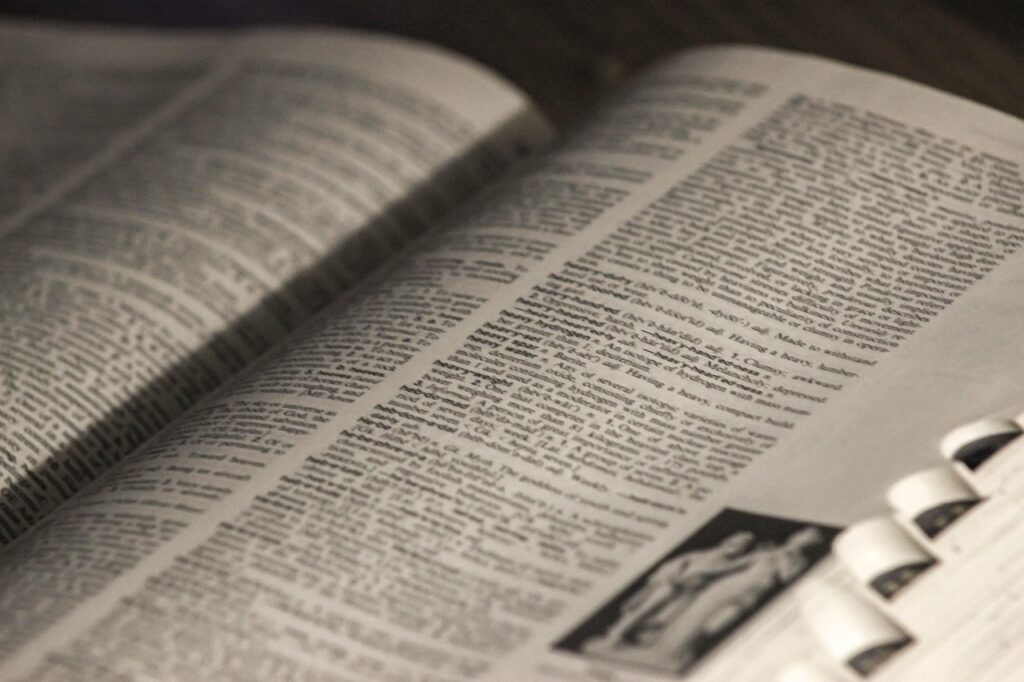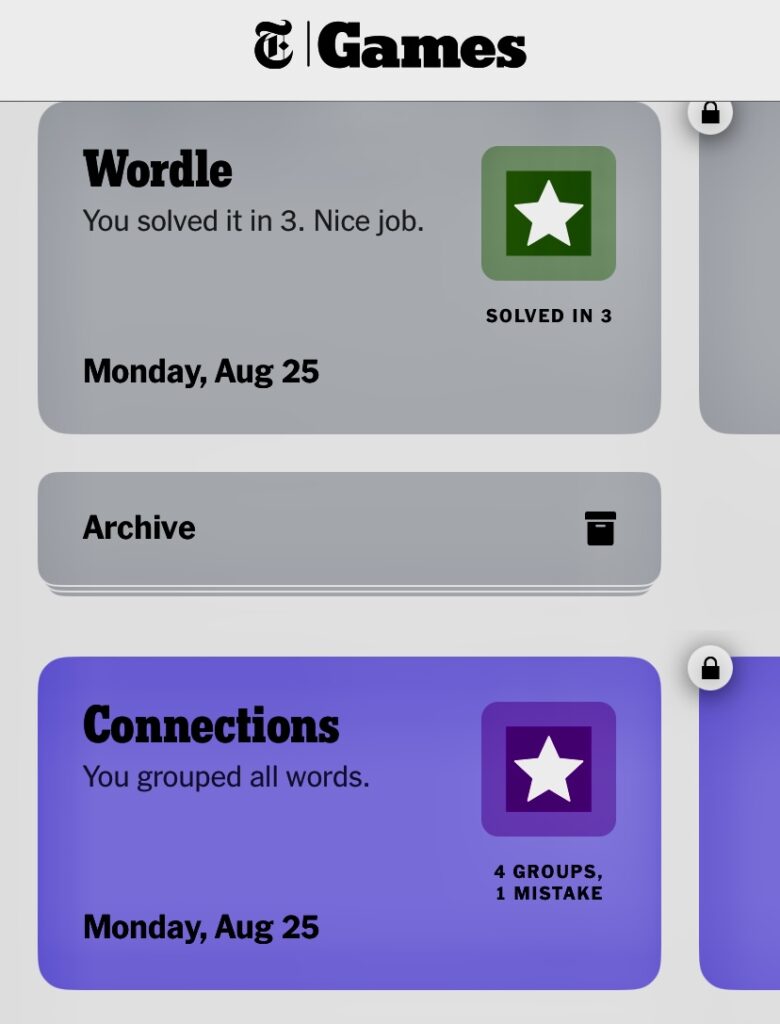While I may not be able to tell you whether it was sunny or raining that day, I can tell you I will never forget the day in 2017 when our 17 year old who was nine at the time asked me about the word, anti-disestablishmentarianism. Apparently the autocorrect on her Chromebook suggested it based on the story she was writing about a character named President Joffnenar Howard. Unfortunately, I have no idea what happened to that character or even the story she was writing that day, but I know she has learned a lot of other words since then, some even as impressive as anti-disestablishmentarianism.

In July 2020, I experienced a similar sense of wonder at the ever-increasing vocabulary of our two girls when I overheard my then 12 year old in a conversation with her then 10 year old sister using the word doppelgänger correctly. At the time I wrote on Facebook that I didn’t even know how she had learned that word. At an even younger age, the two of them learned about symbiotic relationships between different ocean species from watching The Octonauts, and it didn’t take long for one of them to use that term in everyday conversation.
If I had to guess, I’d say pretty much since our girls were able to read books, they have consistently awed and amazed me with their insights and correct use of vocabulary words beyond their pay grade. I’d like to take credit for their abilities, and maybe, just maybe I’ve influenced that a wee bit because my husband and I made reading to them an important priority. So much so that my husband even memorized a few of our oldest’s favorite stories to recite them to her at bedtime in her room lit by only a nightlight. I remember watching our oldest sit with her picture books and “read” them to herself because she knew the story so well and knew when to turn the pages. But really, it is by their own ongoing reading journeys that their power of words continues to grow and strengthen.
If you asked her today, she’d adamantly tell you she is not a reader, but that’s because she doesn’t see herself as the voracious reader her sister and I tend to be. She doesn’t realize how much of a reader she actually is because she doesn’t think reading the books she loves (sometimes several times in a row) makes her a reader. Except for the fact that she checks out books about quantum physics because she wants to and asks us to buy her science magazines whose focus is dark matter, black holes, and quantum physics-related topics.
Along with these topics, she can tell you facts and information about her many favorite rock stars early bands, including when they formed, who the original members were, and who split off and went to some other band (whose facts and figures she also knows). She has absorbed this information from her several books about the history of 80s hair metal bands and the heyday of 80s rock bands, a few she has read multiple times.
Given that we unschool and we spend a lot of our day together, it shouldn’t come as a surprise to me that these two young women have extensive and impressive mental storehouses of vocabulary words. While our 15 year old sometimes still asks what a word means I have witnessed her growing strength in this area from the amount of reading she does. To anyone who claims graphic novels are not on par with “regular” novels, I have no qualms informing you just how mistaken you are. This young woman has learned some impressive information about many topics happening in the stories of her graphic novels.

I was reminded of these things last night because as we were winding down from the day, my youngest asked us if a king snake and a king cobra were the same—they are not. Immediately I knew she asked this based on the New York Times puzzle game, Connections, because one of the categories was kinds of snakes and included a reference to a king snake. Her next question was whether a king snake is poisonous, but, even before she finished phrasing her question, she paused and started again, rephrasing her question to ask instead if a king snake is venomous.
She explained that most people get this wrong (and I am most people, or at least I count myself in that group) because it would only matter if a snake is poisonous if you are planning to eat it; that’s the only way a poisonous snake can kill or harm you. However, a venomous snake is dangerous when it bites you. I could not help but smile because I learned something in that moment. No, it’s not the first time I’ve learned something from one of our teenagers. I’ve heard people talk about how children are sponges, especially in those formative years. I’m here to say teenagers are equally capable of absorbing knowledge if you set that stage when they are younger.
Even though we’ve done this, I confess that sometimes I experience moments of doubt and uncertainty around our unschooling efforts. I worry I haven’t done nearly enough “school” with them because we don’t attend a regular co-op or follow a certain curriculum. And then, one of these incredible young women will share something they’ve learned or use the word venomous instead of poisonous and I find myself taking a few deep breaths and realizing we’re good. They’re good. Rather, I should say they are supercalifragilisticexpialidocious, which of course means extraordinarily good. Yes, that’s exactly what they are.
